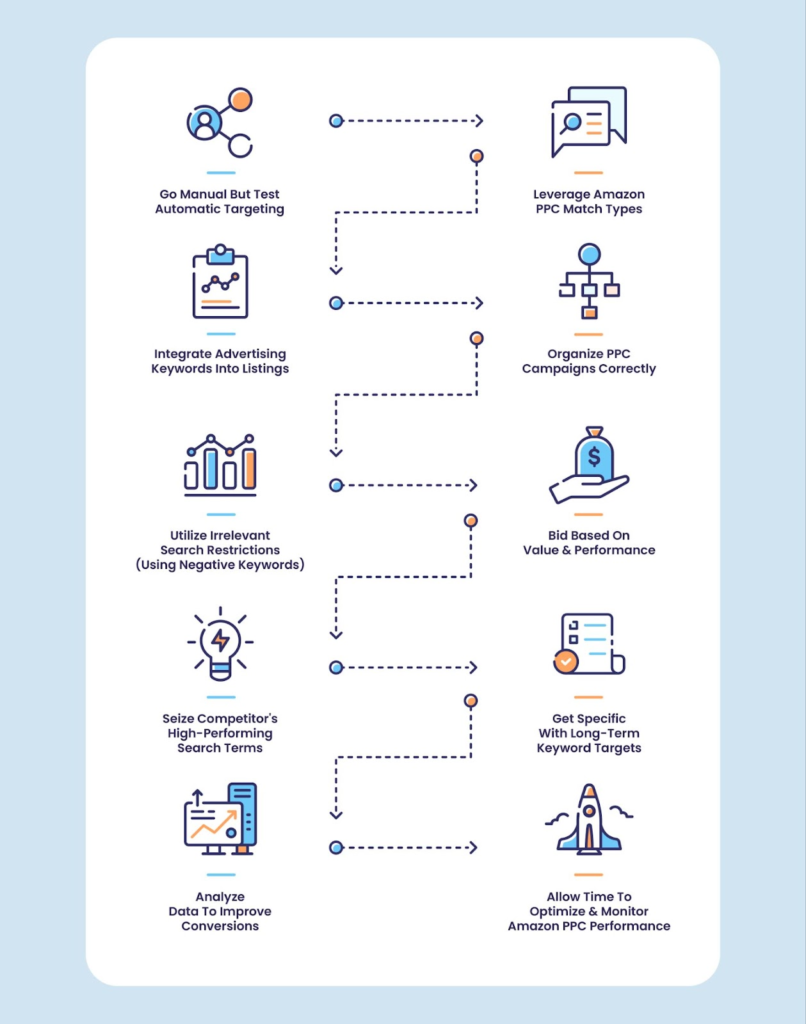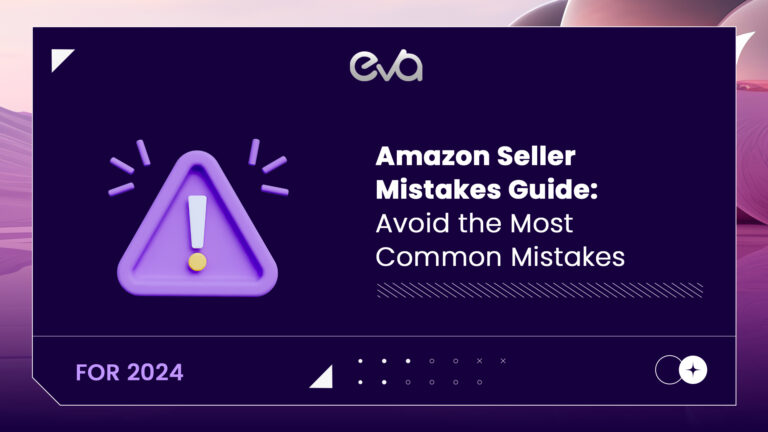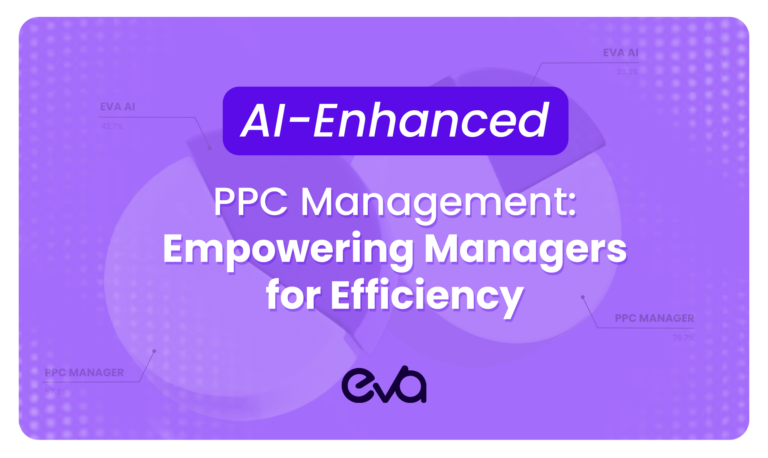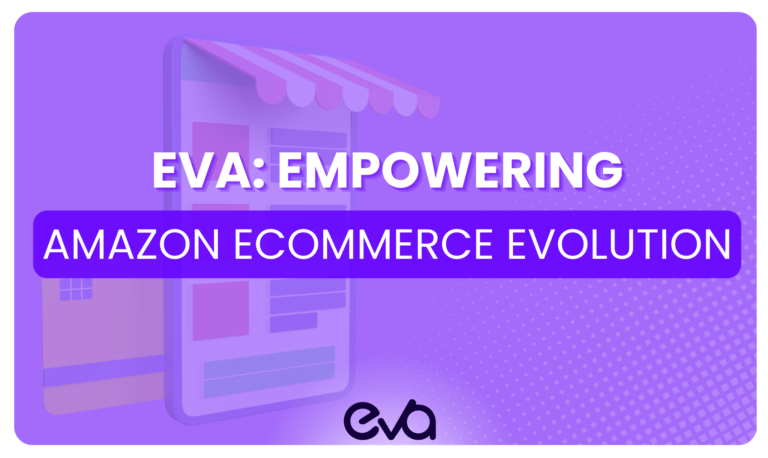Welcome to our blog post about building a winning Amazon PPC strategy! In today’s digital landscape, it’s virtually impossible to succeed in e-commerce without optimizing your Amazon pay-per-click (PPC) efforts. However, mastering the art of Amazon PPC can be incredibly challenging.
With so many products competing for attention and customers seeking the best deals, it can be difficult to stand out. Fret not – this blog post will provide you with ten simple techniques to build a winning PPC strategy that will help you boost your click-through rate (CTR) and increase sales.
From understanding how Amazon’s algorithm works to leveraging user reviews in PPC campaigns, we’ll cover all the essential tips to maximize visibility and attract more potential customers.
Ultimately, with the right approach and these tried-and-tested techniques, you will have an improved chance of success on Amazon and be able to compete better with other sellers in your market.
So let’s get started – let us show you how to create a winning Amazon PPC strategy that drives results! Here’s what we’ll cover:

Table of Contents
- 1. Go Manual But Test Automatic Targeting
- 2. Leverage Amazon PPC Match Types
- 3. Integrate Advertising Keywords Into Listings
- 4. Organize PPC Campaigns Correctly
- 5. Utilize Irrelevant Search Restrictions (Using Negative Keywords)
- 6. Bid Based On Value & Performance
- 7. Seize Competitor’s High-Performing Search Terms
- 8. Get Specific With Long-Term Keyword Targets
- 9. Analyze Data To Improve Conversions
- 10. Allow Time To Optimize & Monitor Amazon PPC Performance
- Conclusion
1. Go Manual But Test Automatic Targeting
Gaining an edge ensures you make savvy decisions with your Amazon PPC strategy. Automated features like keyword research provide the perfect opportunity to take your store’s success and potential to new heights.
Automated targeting campaigns allow for testing different markets and uncovering exactly what search terms people use when looking for products such as yours – giving you an edge over other sellers.
To simulate the manual targeting you’ve already been utilizing, create a targeted campaign and keep it running for several days with minimal ad spending.
Analyze your outcomes to discover the keywords that attract people to your ads. Subsequently, include these words in all your campaigns – this will enhance their performance and ensure a successful outcome.
While continuing to use keyword.io and Google Planner, you can further bolster your strategy by automating targeting – resulting in a more robust campaign that optimizes results.
Don’t simply replace your existing keyword plan. Instead, supplement it with automatic targeting for added value.
2. Leverage Amazon PPC Match Types
Like Google AdWords, Amazon also uses phrases, broad, negative, and exact match types to funnel down the targeting process.
One of the best approaches for your Amazon PPC strategy is to apply a combination of match types for highly targeted advertising that can reach niche buyers and ensure better sales.
With a broad match type, you can cover many keywords. Use exact match type to pick out only the keywords you want; with phrase match, you can cover more precise phrases.
A negative match is also important. With this feature, you tell Amazon not to show your ads for specific searches – for example, if a keyword has too much competition or high-bid costs associated with it.

3. Integrate Advertising Keywords Into Listings
Paid and organic traffic across different platforms has a common thread: they all offer an outstanding user experience.
Of course, the ideal way platforms achieve this is by providing relevant results to the user’s search.
Hence, it’s unsurprising that Amazon and other ad platforms will prevent displaying ads that don’t fit the landing pages.
To prevent this with your Amazon PPC strategy, you must prove that your product listings are pertinent to the ads. You can do this by incorporating the targeted keywords in the content of the product listings.
Remember to be strategic when adding this feature; any over-the-top modifications may confuse potential customers, hindering their ability to read the listings and complete a sale.
4. Organize PPC Campaigns Correctly
An organized PPC campaign is crucial to managing a successful and cost-effective ad campaign. If your campaigns are haywire and messy, they can put you at risk of getting unqualified clicks via ads from the wrong keywords and losing money. Moreover, you may end up paying more than you initially intended.
When establishing an efficient Amazon PPC Strategy, it is essential to group related products together and manage your campaigns through product categories, top-sellers, or brands. By doing so, you will be able to effectively track the performance of each advertisement campaign allowing for easier optimization as needed.
It is essential to be methodical when outlining bids correlating profit margin and performance, as items within the same group can feature diverse margins. This means that not all of them have identical bids. Thus, it’s essential to track the individual performance of each product within a group.
5. Utilize Irrelevant Search Restrictions (Using Negative Keywords)
Like Google AdWords, Amazon offers the ‘block ads’ option that prevents your ad from showing for specific searches using negative keywords.
For instance, you can add “lip gloss” in the negative keyword option if you sell lipstick but not lip gloss. It will prevent your ad from showing under lip gloss-related searches. Therefore, potential customers will only see your ad if they search for lipstick.
If you use them tactfully, negative keywords can save money and maximize conversion by displaying your ad to qualified users looking to buy your product. You can use negative keywords with match types to further refine the Amazon PPC Strategy.
The rules for match types (as used above in the toiletries example) apply. Therefore, if you apply a negative match type for red lip gloss, your ad will not be shown to people searching for “red lip gloss” or “cheap lip gloss.”
When constructing your negative keyword list, the best practice is to begin before launching a campaign. That way, you can proactively prevent undesirable keywords from appearing in search results.
For maximum effectiveness of your Amazon PPC strategy, you must assess the search report regularly and exclude any words that don’t meet the criteria. Doing this will ensure optimal performance for every ad.
6. Bid Based On Value & Performance
To remain profitable, you must bid differently on keywords depending on the product. Otherwise, some products with lower margins cost more than what income is generated from them.
Select the keywords with a high profitability potential and bid high for them. Simultaneously, choose the keywords for low-profit products and set their bid according to the Amazon PPC strategy cost.
Remember, your goal is to profit from the sale instead of breaking even or suffering a loss. Don’t forget that you’ll need to bid higher for new campaigns to acquire search history data.
Amazon rewards PPC campaigns of established, successful competitors who can generate sales without a prior search history. Once you secure some sales and develop your search history, you can reset your bids back to normal levels.
7. Seize Competitor’s High-Performing Search Terms
Are you aware that your Amazon PPC strategy should include leveraging your competitor’s keywords to drive traffic? By doing so, you can get an idea of how well they’re performing and discover a range of new keywords to integrate into your current campaigns.
Having the upper hand over other brands on Amazon is possible using this method. You can choose to go about it two ways—either manually or with an online tool. This will help ensure your brand stands out and claims a substantial market share!
If you choose to pursue the manual route, it can be pretty cumbersome and time-consuming – especially if many campaigns need managing. Conversely, selecting the online tool enables you to access a wealth of insights with minimal effort.
To maximize your online presence, you must utilize tools like Keyword Inspector that allow reverse ASIN lookups. This specific resource searches for hundreds of relevant keywords in seconds with the help of Amazon Standard Identification Numbers (ASINs).
Every keyword you find in a Keyword Inspector will show the estimated assigned Amazon volume. You can choose keywords with great potential and use them in your Amazon PPC strategy.
8. Get Specific With Long-Term Keyword Targets
Long-term keywords contain longer phrases that offer more specificity to the search terms. They consist of two or more keywords strung together and should be an inseparable part of your Amazon PPC strategy.
For instance, if you sell lipstick from different brands, an excellent long-tail keyword will be ‘deep red lipstick by MAC.’ This keyword will be a great addition to your list if you offer deep red lipsticks by MAC.
Long-tail keywords make your ads appear when users search for relevant keywords, leading to higher conversion rates.
Let’s say a consumer is searching for lipstick – they will be presented with an array of shades and labels that you may not have in stock.
On the flip side, if they are targeting something more specific, like a MAC deep red lipstick, this would increase an advertiser’s potential to clinch them over other sellers.
9. Analyze Data To Improve Conversions
With Amazon PPC ads, you’ll no longer be intimidated by the complexity of Google Analytics and AdWords. Despite its considerable multitude of comparable functions to those platforms, data retrieval from Amazon can quickly become complicated if done manually.
Nevertheless, this platform still provides a more accessible alternative for attaining powerful insights into your ad campaigns’ performance. Here are the steps to optimize workflow and search for opportunities to enhance your product campaigns:
First, download the report for search terms to determine which keywords are accountable for retrieving the ads. This step differs based on the size and maturity of the Amazon PPC strategy. Newer ad campaigns need a solid foundation and systematic analysis to drive results.
After that, you can arrange the data in the report to visualize and sift through the search terms that may not be performing well. Then you’ll have to evaluate your bidding strategy, add long-tail keywords, and add matching types – as previously discussed.
10. Allow Time To Optimize & Monitor Amazon PPC Performance
Initially, it’ll take some time to see your campaign perform. Therefore, you must stay patient before you optimize your Amazon PPC strategy. Using ad settings like budget caps, you can set budgets and stay within them while awaiting results.
When running an Amazon PPC campaign, monitoring keyword bids and impressions is essential. Ensure you are allocating enough budget so your ads can receive the necessary impressions; otherwise, your conversion rates won’t reach their full potential and could jeopardize your odds of success in the competition.
Remember that the bidding amounts will vary based on your desired profit margin and sale cost. To determine if a potential optimization is profitable, adjust one variable at a time, then monitor the results over several days with A/B split testing. This process can quickly reveal whether or not any planned modifications have been successful.
Conclusion
To get the most out of your Amazon PPC strategy, it’s essential to be strategic in your approach. Following these 10 tips, you can turbocharge your PPC campaigns and see better results.
Why not test these techniques for yourself and see what kind of results you get? Give them a try and watch your success skyrocket!
And if you’re looking for more help, be sure to get a free consultation today– it will show you precisely what you need to do to improve your Amazon PPC strategy and start seeing better ROI.









